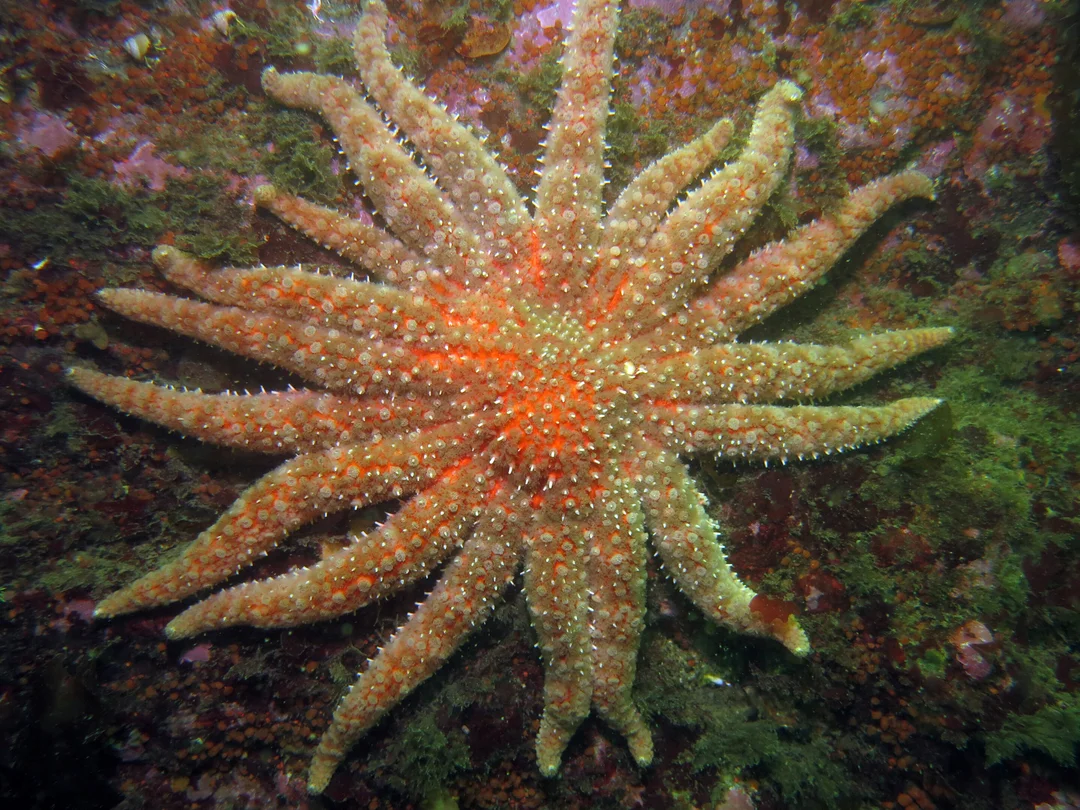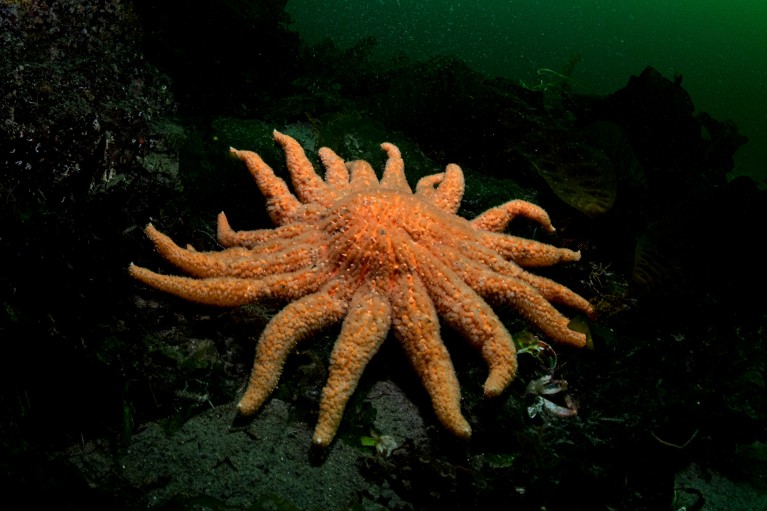
The Sunflower Sea Star’s Secret Refuge: How B.C.’s Fiords Protect a Giant From Extinction
A creature with up to 24 arms, as sprawling as a hubcap and just as bright, the sunflower sea star once dazzled divers across the North American West Coast. But in 2013, a sudden, devastating wasting disease nearly pushed this ocean giant to the brink. Today, remarkable new research reveals hope—hidden within the icy depths of British Columbia’s fiords.

Alyssa Gehman, scientist at the Hakai Institute, recalls the childhood thrill of seeing the water ablaze with their colors. Today, she finds those colors painfully scarce. From Alaska to Mexico, nearly 90% of sunflower sea stars—keystone predators whose appetite for sea urchins supports entire kelp forests—were lost in a gruesome wave of mass mortality. "It's tragic to watch them die, their arms will walk away from their bodies… they get these twisting behaviours that really look sick," Gehman describes. Within days, whole populations had vanished, the result of what researchers call a "perfect storm" of warming waters and rampant disease.
But nature holds surprises. In 2019, divers from the Central Coast Indigenous Resource Alliance reported vibrant populations of sunflower sea stars back in B.C.'s remote fiords. Gehman describes her own dive, awestruck: "It really was almost overwhelming how much it looked like it used to... that means we're really looking at the healthy population."
What’s protecting these marine survivors? The answer lies in the fiords’ unusual environment. Studies published in Proceedings of the Royal Society B and highlighted in Nature show that cold, highly saline waters shield sea stars here from the worst effects of wasting disease. Even when the disease is present, the low temperatures prevent mass die-offs. In winter, arctic outflows bring frigid, oxygen-rich currents; in summer, glaciers create freshwater layers that keep the cold, dense water—including the sunflowers—deep below the surface, away from freshwater they dislike and conditions that seem to help their immune defenses.
Still, many questions remain. Are these rebounds purely environmental, or do these survivors hold unique genetic adaptations? "Potentially, areas that are cooler are going to be more successful… we need to understand more about this relationship between temperature and disease," says Gehman, signaling the next urgent chapters in ocean research. The hope, scientists agree, is that preserving and learning from these refuges might just spark a broader comeback for the sunflower sea star—and the kelp forests and ecosystems they uphold.
How do you think we should protect our ocean’s endangered giants? Could cold-water refuges hold the key for future conservation? Share your thoughts below and join the conversation—your perspective matters!